Do plumbers install bathtubs? Absolutely! Plumbers are the pros you need for bathtub installations. They handle everything from removing the old tub to connecting the new one to your water supply and drain lines. Hiring a licensed plumber ensures the job is done safely and up to code, preventing leaks and other headaches down the road.
Thinking about upgrading your bathroom with a shiny new bathtub? It’s an exciting project, but also one that requires careful planning. Many homeowners wonder whether they can install a bathtub themselves or if they need to call in a professional. The plumbing connections are the trickiest part. Messing those up can lead to leaks, water damage, and a whole lot of frustration.
In this guide, we’ll walk you through why plumbers are the best choice for bathtub installation. We’ll cover the steps involved, what to expect, and how to find a reliable plumber. By the end, you’ll feel confident knowing you’re making the right decision for your home and your peace of mind.
Why Hire a Plumber for Bathtub Installation?
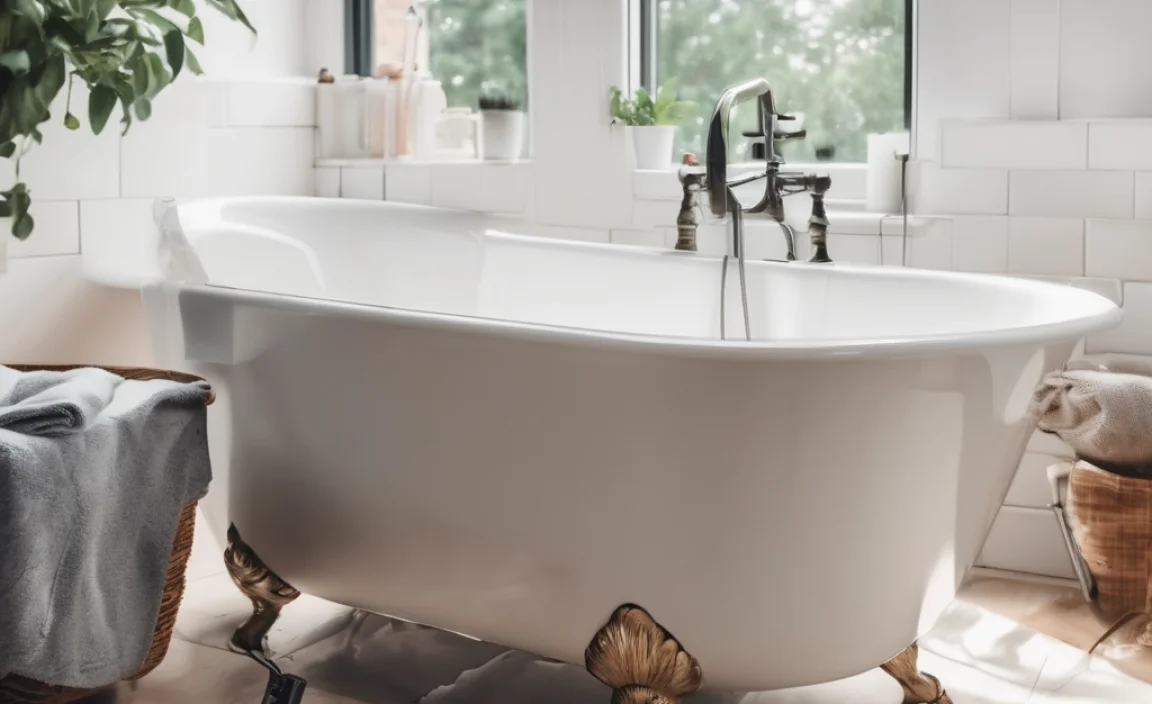
Installing a bathtub involves more than just dropping it into place. It requires expertise in plumbing, carpentry, and sometimes even electrical work. Here’s why hiring a plumber is the smartest move:
- Expertise and Experience: Plumbers have years of training and hands-on experience installing bathtubs. They know how to handle different types of tubs, plumbing systems, and potential challenges that may arise.
- Proper Connections: Connecting the water supply and drain lines correctly is crucial to prevent leaks. Plumbers ensure all connections are tight, secure, and up to code.
- Code Compliance: Building codes vary by location, and plumbers are familiar with local regulations. They ensure your bathtub installation meets all requirements, avoiding future problems with inspections or resale.
- Warranty Protection: Many bathtub manufacturers require professional installation to maintain the warranty. Hiring a plumber protects your investment in case of defects or issues.
- Safety: Working with plumbing and electricity can be dangerous. Plumbers have the tools and knowledge to handle these tasks safely, protecting you and your home.
What Does Bathtub Installation Involve?
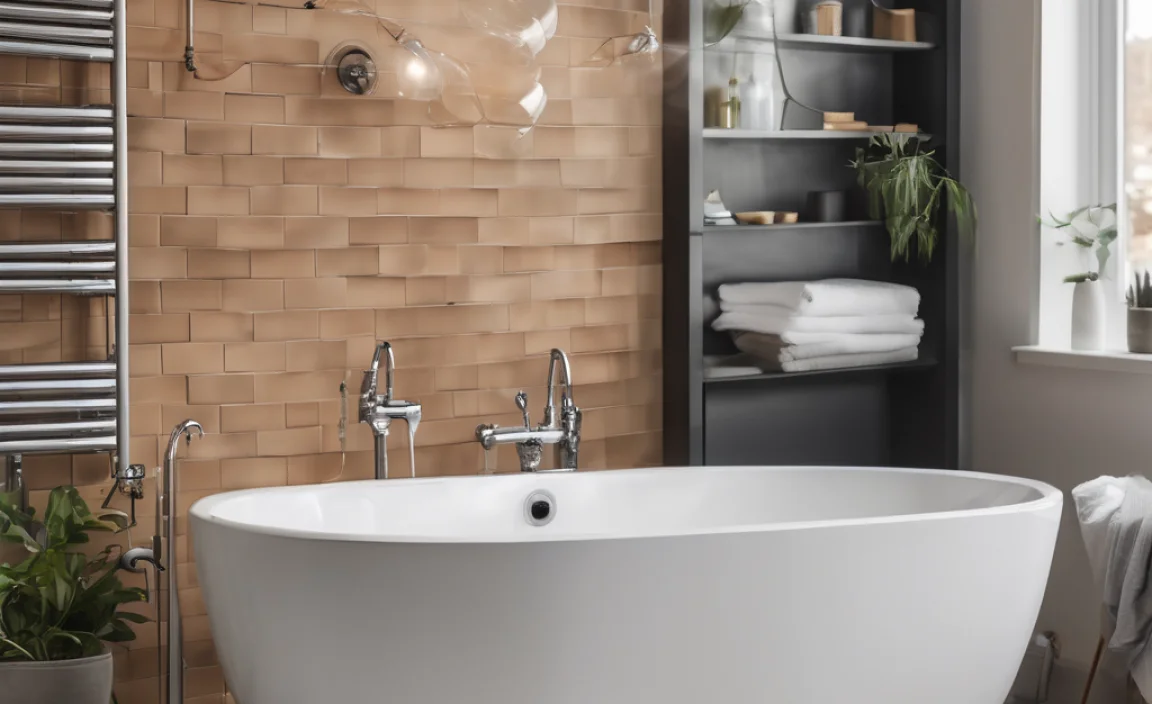
Bathtub installation is a multi-step process that requires careful attention to detail. Here’s a breakdown of what a plumber typically does:
- Assessment and Planning: The plumber will inspect your bathroom, assess the existing plumbing, and discuss your bathtub options. They’ll also check for any potential issues, such as asbestos, and plan the installation accordingly.
- Old Bathtub Removal: Removing the old bathtub can be tricky, especially if it’s cast iron. Plumbers have the tools and techniques to remove it safely without damaging your bathroom.
- Plumbing Adjustments: The plumber will modify the plumbing as needed to fit the new bathtub. This may involve moving pipes, installing new valves, or adjusting the drain line.
- Bathtub Placement: The new bathtub is carefully placed into position, ensuring it’s level and properly supported. Shims may be used to make fine adjustments.
- Connecting Plumbing: The plumber connects the water supply lines to the faucet and the drain line to the bathtub drain. All connections are carefully tightened and tested for leaks.
- Sealing and Finishing: The plumber applies caulk around the edges of the bathtub to create a watertight seal. They may also install trim or other finishing touches to complete the installation.
- Testing and Inspection: The plumber tests the bathtub to ensure it’s draining properly and there are no leaks. They’ll also inspect the installation to ensure it meets code requirements.
Types of Bathtubs Plumbers Can Install
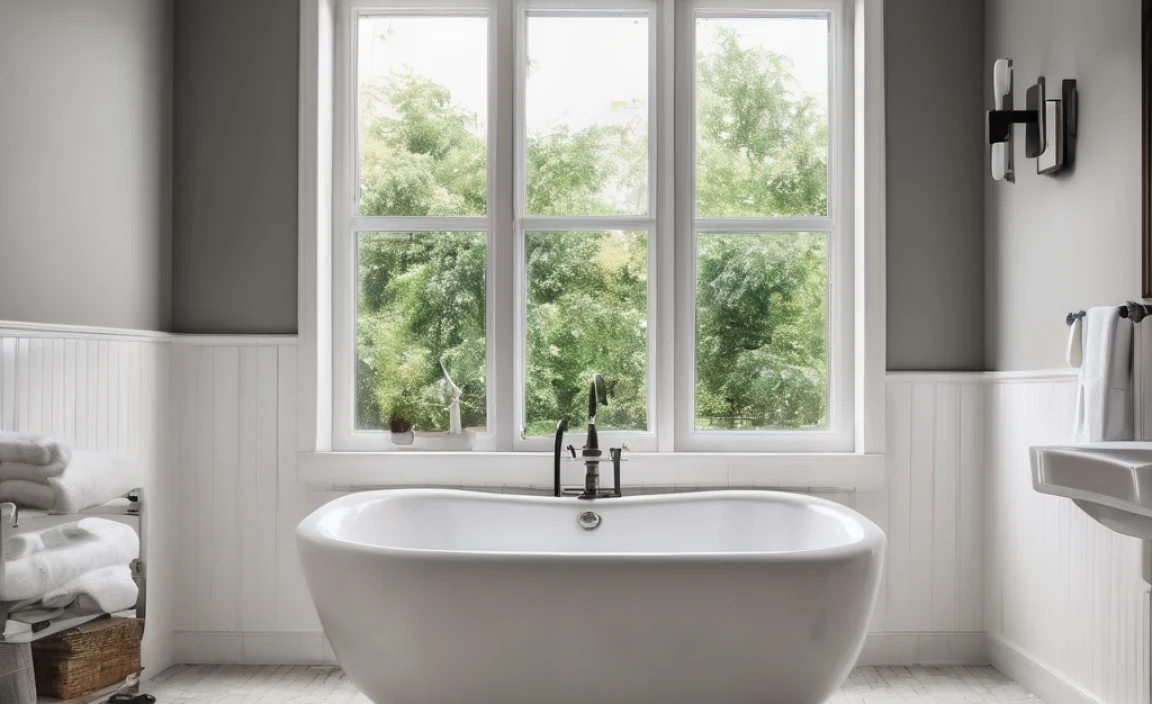
Plumbers are equipped to install a wide variety of bathtubs. Here are some common types:
- Alcove Tubs: These are the most common type, designed to fit into a three-walled recess.
- Drop-In Tubs: These tubs are installed into a framed enclosure, allowing for more design flexibility.
- Freestanding Tubs: These tubs stand alone and are a popular choice for modern bathrooms.
- Corner Tubs: These tubs are designed to fit into a corner, maximizing space in smaller bathrooms.
- Walk-In Tubs: These tubs have a door that allows easy access, making them ideal for people with mobility issues.
- Whirlpool Tubs: These tubs have jets that massage the body, providing a spa-like experience.
How to Choose the Right Bathtub
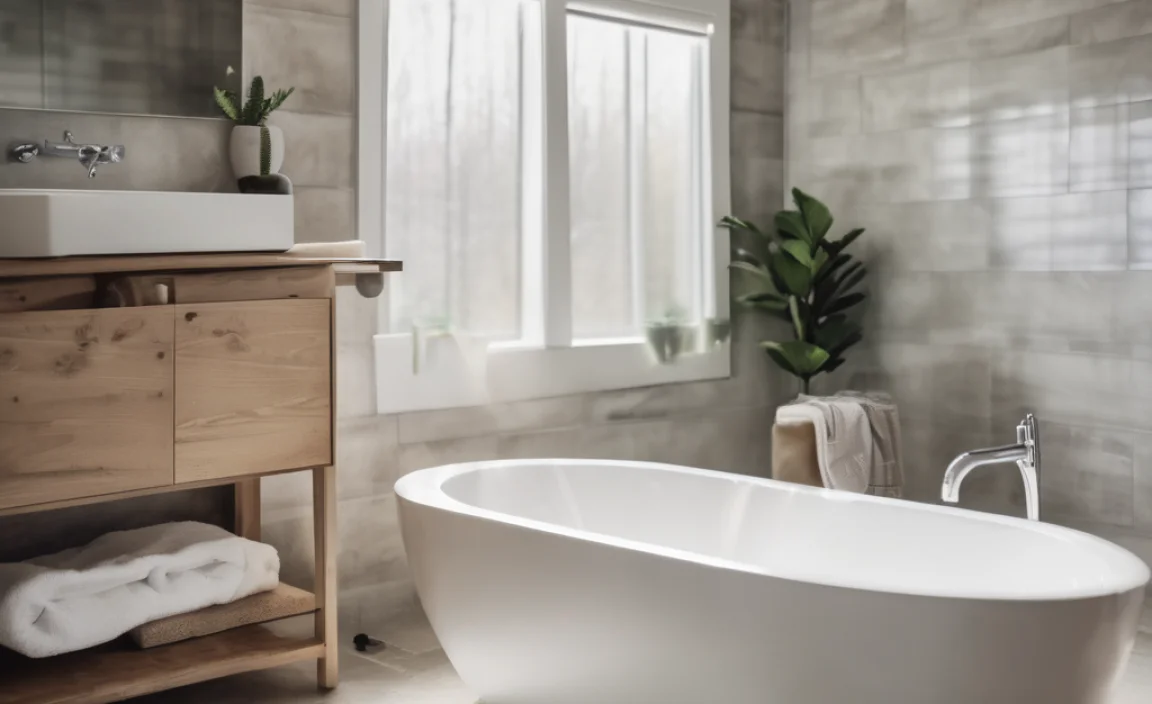
Choosing the right bathtub depends on your needs, preferences, and budget. Here are some factors to consider:
- Size and Shape: Measure your bathroom carefully to ensure the bathtub will fit comfortably. Consider the shape of the tub and how it will integrate with the rest of your bathroom.
- Material: Bathtubs are made from various materials, including acrylic, cast iron, steel, and copper. Each material has its own pros and cons in terms of durability, heat retention, and cost.
- Features: Consider any special features you want, such as jets, armrests, or a non-slip surface.
- Style: Choose a bathtub that complements your bathroom’s overall style. Consider the color, shape, and design details.
- Budget: Bathtubs range in price from a few hundred dollars to several thousand. Set a budget and stick to it.
Here’s a quick comparison of common bathtub materials:
| Material | Pros | Cons |
|---|---|---|
| Acrylic | Lightweight, affordable, good heat retention | Can scratch easily, less durable than cast iron |
| Cast Iron | Extremely durable, excellent heat retention | Very heavy, more expensive |
| Steel | Durable, less expensive than cast iron | Poor heat retention, can be noisy |
| Copper | Unique appearance, excellent heat retention | Very expensive, requires special care |
The Cost of Bathtub Installation
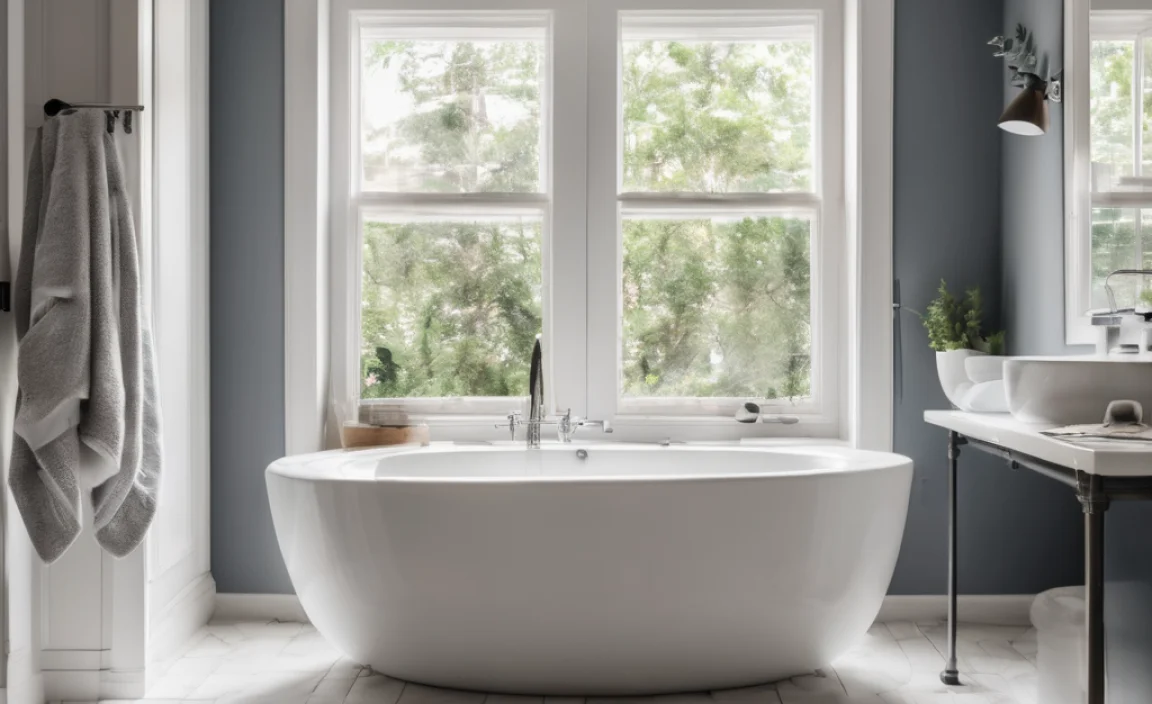
The cost of bathtub installation varies depending on several factors, including:
- Type of Bathtub: Freestanding and whirlpool tubs tend to be more expensive to install than alcove tubs.
- Plumbing Modifications: If your plumbing needs to be significantly altered, the cost will increase.
- Bathroom Renovation: If you’re renovating your entire bathroom, the bathtub installation may be bundled into a larger project cost.
- Location: Labor costs vary by location, so expect to pay more in urban areas.
On average, bathtub installation costs between $1,000 and $5,000, including the cost of the bathtub and labor. Get quotes from several plumbers to compare prices and services.
DIY vs. Professional Bathtub Installation
While some homeowners may be tempted to install a bathtub themselves to save money, it’s generally not recommended unless you have extensive plumbing experience. Here’s a comparison of DIY vs. professional installation:
| Factor | DIY | Professional |
|---|---|---|
| Cost | Lower upfront cost | Higher upfront cost |
| Expertise | Requires extensive plumbing knowledge | Years of training and experience |
| Time | Can take several days or weeks | Typically completed in one or two days |
| Warranty | No warranty on labor | Warranty on labor and materials |
| Risk | High risk of leaks, water damage, and code violations | Low risk of problems |
As you can see, while DIY installation may save you money initially, the risks and potential costs of mistakes outweigh the benefits. Hiring a professional plumber ensures the job is done right the first time, protecting your home and your investment.
Finding a Reliable Plumber
Finding a reliable plumber is essential for a successful bathtub installation. Here are some tips:
- Get Referrals: Ask friends, family, and neighbors for recommendations.
- Check Online Reviews: Read reviews on websites like Google, Yelp, and Angie’s List.
- Verify Licensing and Insurance: Make sure the plumber is licensed and insured in your state. You can usually check this information on your state’s licensing board website.
- Get Multiple Quotes: Contact several plumbers and get written quotes for the job.
- Ask About Experience: Find out how much experience the plumber has with bathtub installations.
- Check for Guarantees: Ask if the plumber offers a warranty or guarantee on their work.
Here are some questions to ask potential plumbers:
- Are you licensed and insured?
- How much experience do you have with bathtub installations?
- Can you provide references from past clients?
- What is your estimated cost for the job?
- What is included in the price?
- How long will the installation take?
- Do you offer a warranty on your work?
Preparing for Bathtub Installation
Before the plumber arrives, there are a few things you can do to prepare:
- Clear the Area: Remove any items from your bathroom that could get in the way.
- Protect Surfaces: Cover your floors and walls with drop cloths or plastic sheeting to protect them from damage.
- Inform Your Family: Let your family know when the plumber will be working and that the bathroom will be out of commission for a while.
- Turn Off the Water: Turn off the water supply to your bathroom to prevent leaks during the installation.
- Provide Access: Make sure the plumber has easy access to your bathroom and the main water shutoff valve.
Maintaining Your New Bathtub
Once your new bathtub is installed, proper maintenance will help keep it looking its best for years to come. Here are some tips:
- Clean Regularly: Clean your bathtub after each use to prevent soap scum and mildew buildup.
- Use Mild Cleaners: Avoid abrasive cleaners that can scratch the surface of your bathtub.
- Repair Chips and Cracks: Repair any chips or cracks promptly to prevent further damage.
- Check for Leaks: Inspect your bathtub regularly for leaks around the drain and faucet.
- Caulk as Needed: Re-caulk the edges of your bathtub every year or two to maintain a watertight seal.
FAQ: Do Plumbers Install Bathtubs?
Here are some frequently asked questions about bathtub installation:
Do I need a permit to install a new bathtub?
In many areas, yes. Plumbing work often requires a permit to ensure it meets local building codes. Your plumber will know the requirements in your area and can often handle the permit process for you.
How long does bathtub installation take?
Most bathtub installations can be completed in one to two days. However, the exact time will depend on the complexity of the project and any unexpected issues that may arise.
Can I use my existing faucet with a new bathtub?
Possibly, but it depends on the type of faucet and the new bathtub. Your plumber can assess whether your existing faucet is compatible or if you’ll need a new one.
What if the plumber finds asbestos during the old bathtub removal?
If asbestos is found, the plumber will need to stop work and call in a qualified asbestos abatement contractor. This is a serious issue that must be handled by professionals to avoid health risks. The EPA provides more information on asbestos.
How do I know if a plumber is qualified to install a bathtub?
Check their license and insurance, read online reviews, and ask for references. A qualified plumber will have experience with bathtub installations and be able to answer your questions confidently.
What should I do if I have a problem with my new bathtub after the installation?
Contact the plumber who installed the bathtub. Most plumbers offer a warranty on their work and will be happy to address any issues that arise.
Can a plumber also install a shower in my bathtub?
Yes, plumbers are fully capable of installing showers along with bathtubs. This is a common bathroom upgrade. They’ll handle all the necessary plumbing connections and ensure everything is up to code.
Conclusion
While it might be tempting to tackle bathtub installation as a DIY project, hiring a qualified plumber is the best way to ensure a safe, code-compliant, and long-lasting result. Plumbers bring the expertise, experience, and tools necessary to handle every aspect of the installation, from removing the old tub to connecting the plumbing and finishing the job. By choosing a reliable plumber, you can avoid costly mistakes, protect your home from water damage, and enjoy your new bathtub with peace of mind. Take the time to research plumbers in your area, get multiple quotes, and ask plenty of questions. With the right professional on your side, your bathtub installation will be a smooth and successful experience.

